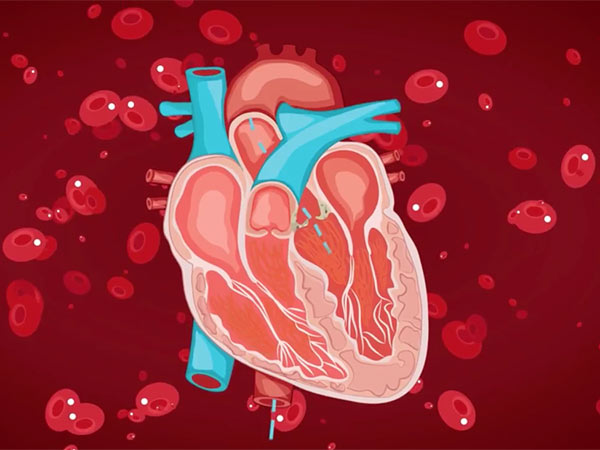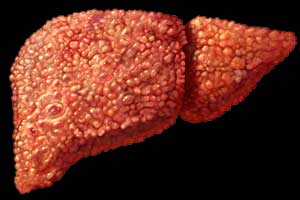Clinical Evaluation of a Patient with Asymptomatic Severe Aortic Stenosis
In the current issue of Cardiovascular Innovations and Applications (Volume2, Number 4, 2018, pp421-424(4), researchers Jared G. Breyley and Brian R. Lindman, from Vanderbilt University Medical Center, Nashville, TN, USA present a case study of asymptomatic severe aortic stenosis.
 Aortic stenosis (AS) is one of the most common valvular diseases, with a prevalence of 3.4% in adults older than 75 years. AS is considered a surgical disease in that the only treatment known to reduce mortality is AVR, by either a surgical or a transcatheter approach. While current guidelines provide clear evidence-based recommendations for treatment of symptomatic patients, it remains less clear how to treat patients with severe AS who are asymptomatic. This case describes an elderly man without a significant medical history who was found to have severe AS. The patient reported no symptoms, had no evidence of heart failure on PE, and was noted to be physically active.
Aortic stenosis (AS) is one of the most common valvular diseases, with a prevalence of 3.4% in adults older than 75 years. AS is considered a surgical disease in that the only treatment known to reduce mortality is AVR, by either a surgical or a transcatheter approach. While current guidelines provide clear evidence-based recommendations for treatment of symptomatic patients, it remains less clear how to treat patients with severe AS who are asymptomatic. This case describes an elderly man without a significant medical history who was found to have severe AS. The patient reported no symptoms, had no evidence of heart failure on PE, and was noted to be physically active.
The case presented an older man without a significant medical history who was found to have severe AS without any apparent symptoms. If the history is convincing and detailed regarding the extent of exertion without change over a sustained period, many clinicians may not pursue a stress test for confirmation. However, if there is any doubt regarding the history (and, in most cases, there is some doubt), further evaluation with an ETT should be pursued. If the ETT findings are normal, there remains clinical equipoise for whether or not early AVR should be performed. Beyond stress testing, looking for additional “flags of risk” will be helpful to inform the decision regarding the timing of AVR. These flags may include very severe AS, rapid progression, an elevated natriuretic peptide level, the presence of myocardial fibrosis, marked LVH, or exercise-induced pulmonary hypertension.
Advocates for AVR in the asymptomatic patient contend that valve replacement is inevitable and that we are only waiting for bad things to happen (e.g., sudden death, myocardial dysfunction). Unloading the heart with valve replacement sooner will prevent ongoing damage to myocardial structure and function, which may optimize long-term heart function and freedom from heart failure. Even with close follow-up, symptom onset can occur suddenly and be quite severe. Progressive improvements in operative and postoperative care and the introduction of less invasive ways to replace the valve have decreased the risks of intervention.
Nonetheless, complications, including stroke and death, occur as a result of AVR. Further, the implantation of a valve prosthesis introduces the possibility of valve dysfunction and degeneration, with associated morbidity and death. Both sides of this dilemma regarding the optimal timing of AVR for asymptomatic patients have been widely debated and advocated in the literature.
Source: Compuscript Ltd
Full bibliographic information
Clinical Evaluation of a Patient with Asymptomatic Severe Aortic Stenosis, Jared G. Breyley and Brian R. Lindman, Cardiovascular Innovations and Applications, Volume2, Number 4, 2018, pp421-424(4); DOI: https://doi.org/10.15212/CVIA.2017.0022




